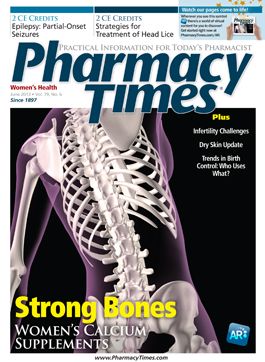Traffic Pollution Associated with Increased Asthma Severity in Pregnant Women
Increased levels of nitrogen dioxide and elemental carbon released in the atmosphere as a result of traffic pollution were found to adversely affect asthma severity in pregnant women, according to a new study presented at the 2013 American Thoracic Society International Conference.
Rather than relying on regional measurements of pollution collected by the Environmental Protection Agency, this study examined air pollution using a Community Multiscale Air Quality (CMAQ) model. The CMAQ model estimates air quality at the community level, or close to the areas in which participants actually reside.
The study enrolled 637 pregnant women with active asthma at less than 24 weeks of gestation from Connecticut and Massachusetts. Subjects were questioned about the severity of their asthma in relation to wheezing and their medication use.
Mean community levels for nitrogen dioxide, elemental carbon, and fine particulate matter were found to be 23.7 parts per billion (ppb), 0.67 micrograms per cubic meter of air (g/m3), and 11.1 g/m3, respectively. Each 10 ppb increase in nitrogen dioxide was associated with increased risk of wheeze and was associated with a higher asthma severity score. The authors concluded that traffic pollutants are associated with increased risk of asthma morbidity.

